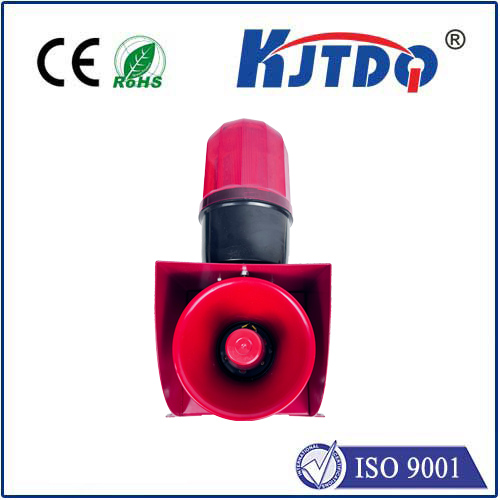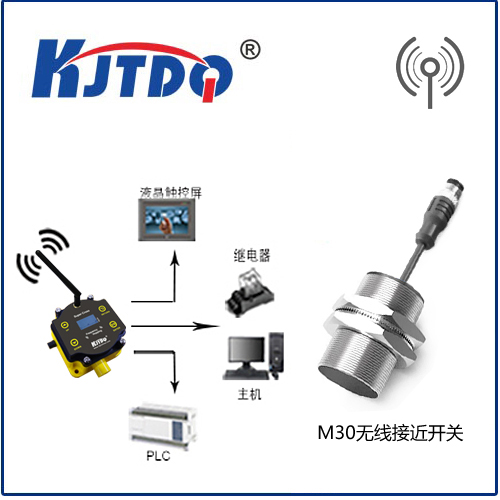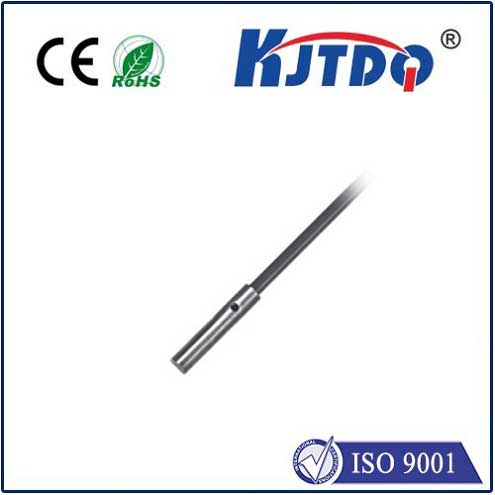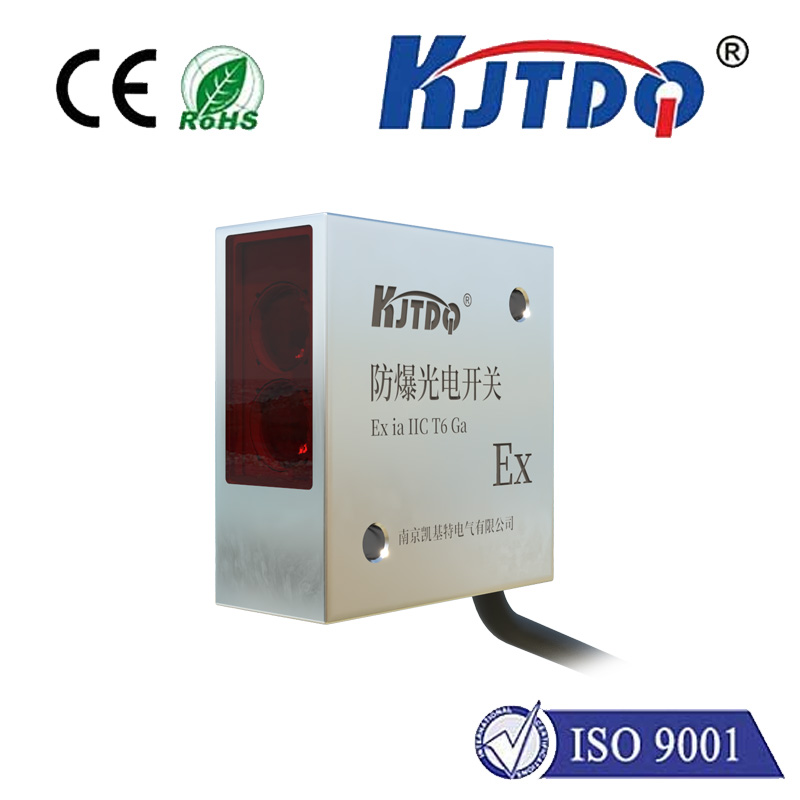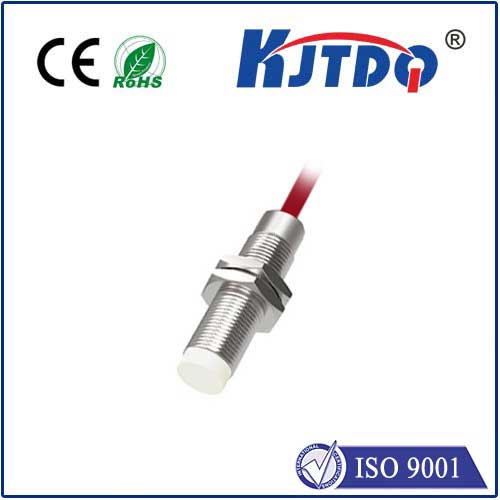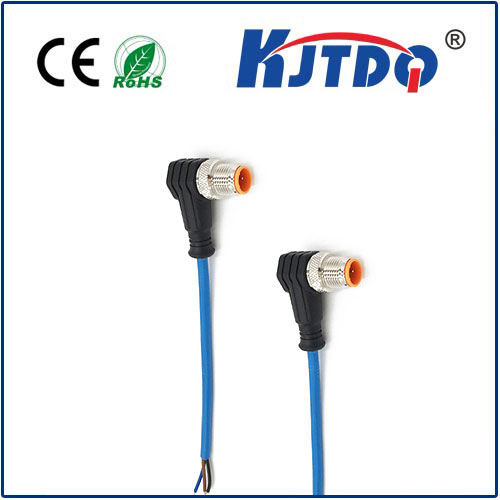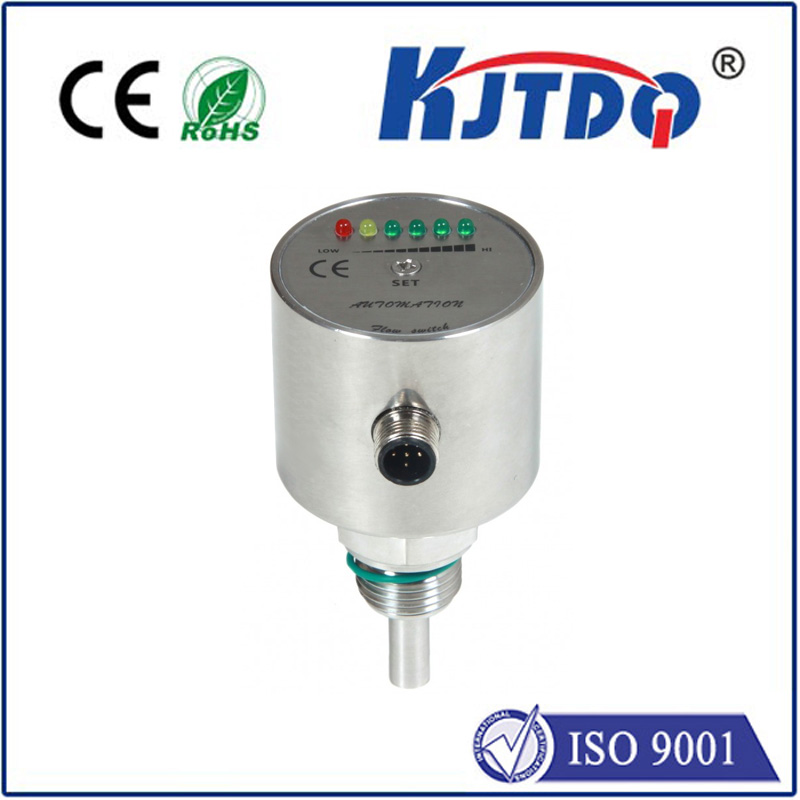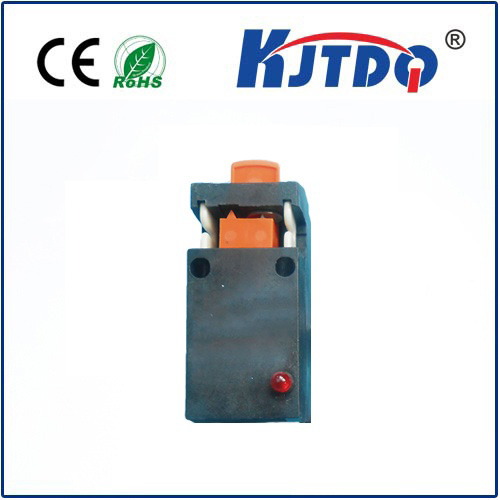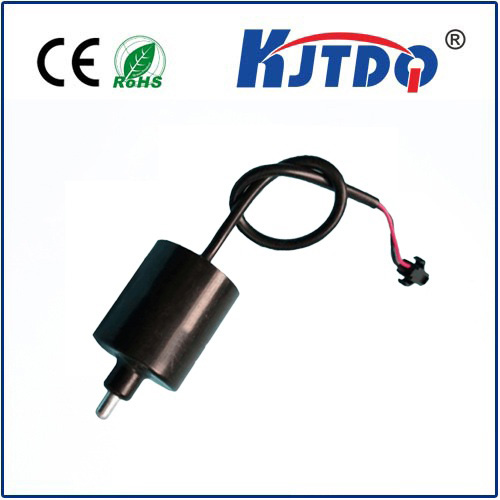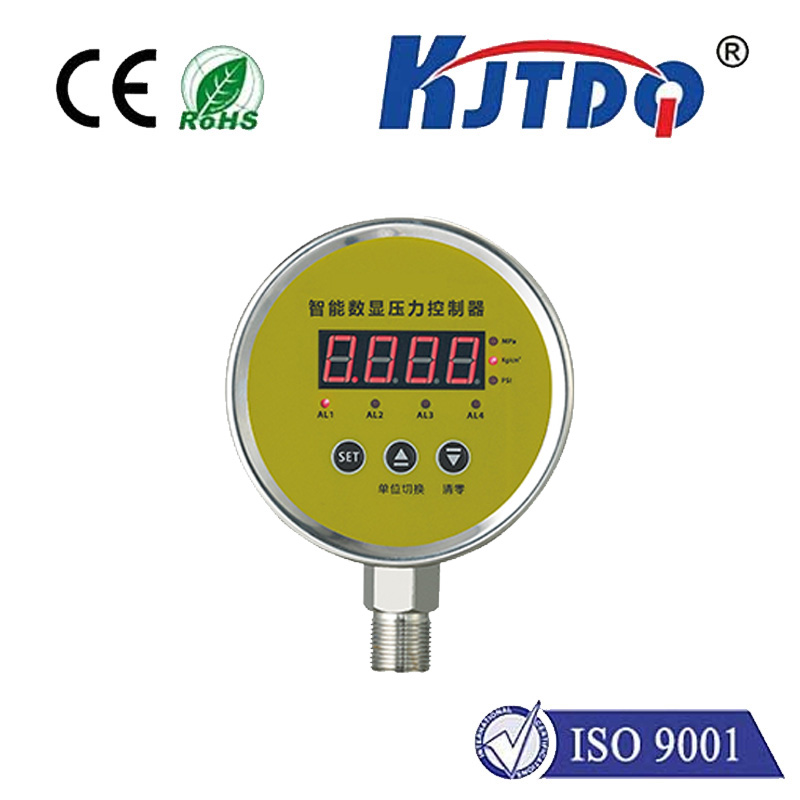
check

check

check

check
. **Introduction to Autonics' BR4M-TDTD Photoelectric Sensor**
2. **Key Features and Applications of the BR4M-TDTD Sensor**
3. **Technical Specifications of the BR4M-TDTD Photoelectric Sensor**
4. **Choosing the Right Photoelectric Sensor for Your Needs**
5. **The Benefits and Significance of Using Photoelectric Sensors in Industrial Settings**

6. **Conclusion and Final Thoughts on Autonics' BR4M-TDTD Photoelectric Sensor**
1. The Autonics BR4M-TDTD is a cutting-edge photoelectric sensor that belongs to the BR series of cylindrical photoelectric sensors offered by Easy Buy Industrial Products.
2. This specific model features an infrared LED with an impressive sensing distance of up to 4 meters, making it ideal for various industrial applications where long-distance detection is required. The sensor operates on a direct current voltage range of DC12-24V, offering flexibility in power sourcing.
3. One key feature of the BR4M-TDTD is its ability to provide high-speed response times, crucial in environments where quick detection is needed to maintain efficiency. Additionally, the sensor includes NPN NO output, which ensures clear signal communication to the connected control systems.
4. The versatility of the BR4M-TDTD does not end here; it is designed to be easily integrated into automated systems, enhancing the overall operational efficiency of production lines, packaging machines, and material handling systems where precision and reliability are paramount.
5. From a technical perspective, the BR4M-TDTD photoelectric sensor boasts advanced properties such as high-performance optocouplers and noise-immune circuitry, which collectively contribute to a more accurate and stable sensing performance even under challenging conditions.
6. When considering the purchase of a photoelectric sensor, several factors should be taken into account including the detection distance, output type, and compatibility with existing systems.
7. Industrial setups benefit significantly from the use of photoelectric sensors like the BR4M-TDTD. They offer real-time monitoring capabilities, aid in automation processes, and can help reduce downtime by detecting system anomalies early.
8. In conclusion, the Autonics BR4M-TDTD photoelectric sensor represents a valuable investment for any industrial operation seeking to enhance its automation and monitoring processes. With its exceptional detection capabilities and robust technical design, this sensor is poised to make a significant impact in improving operational efficiencies and overall productivity.
Autonics' BR4M-TDTD photoelectric sensor is a testament to the ongoing advancements in industrial sensing technology. By providing reliable, long-distance detection capabilities coupled with fast response times and versatile output options, this sensor is well-suited for modern industrial environments where accuracy and speed are crucial. As industries continue to embrace automation, the demand for such precision-engineered components will only increase, positioning the BR4M-TDTD as an essential tool for operational excellence.
